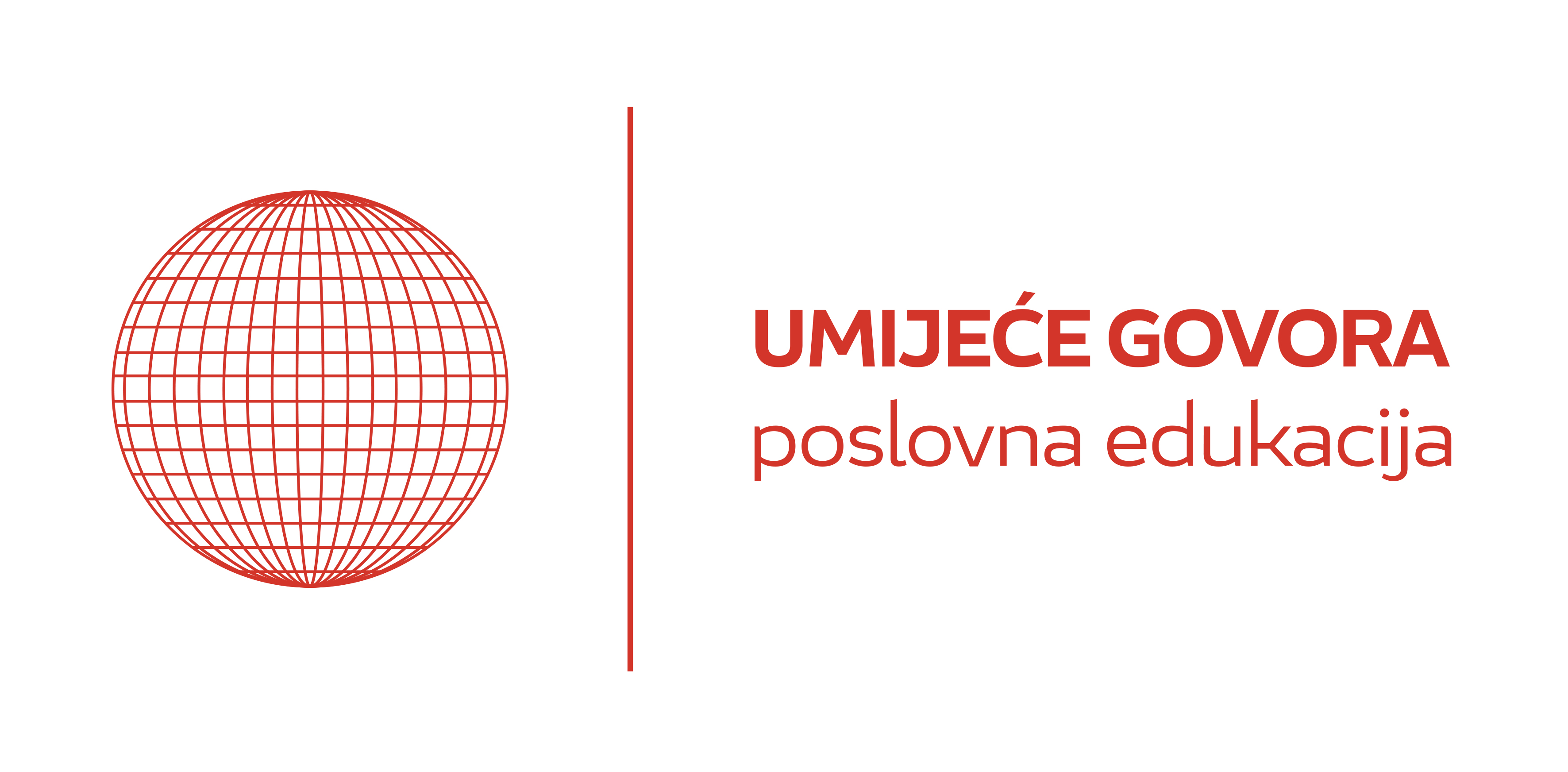GLAM – Unlocking the World's Knowledge and Cultural Heritage
Jagoda Poropat Darrer
GLAM – Unlocking the World’s Knowledge and Cultural Heritage
Objavljeno u časopisu Diplomacy and Commerce, studeni 2019. godine
From the library of Alexandria to contemporary temples of culture and knowledge we are talking about centers that treasure a myriad of inventions, innovations, art and science of the mankind, popularly known as GLAM
According to a definition, GLAM is the famously known acronym that stands for galleries, libraries, archives and museums, and refers to cultural institutions that have access to knowledge as their mission. These institutions share epistemological links dating from the „Museum of Alexandria „and continuing through the cabinets of curiosities gathered in early modern Europe. Over time as collections expanded, they became more specialized and their housing was separated according to the form of information and kinds of users. Furthermore, during the nineteenth and twentieth centuries distinct professional societies and educational programs developed for each kind of institution. As collecting institutions, GLAMs preserve and make accessible primary sources valuable for researchers. Although, art is a major economic force too. According to the economist Clare McAndrew’s report “The Art Market 2019,” released by Art Basel and UBS in March, the global art market grew 6% in 2018 to$ 67.4 billion in sales.
The art market does not just include the sales of art but also art museums, galleries and exhibitions. Some artists works are more commonly displayed than others. For example, in 2017 the most exhibited artist worldwide was Andy Warhol. There are also more commonly visited art museums; in the same year the Louvre, in Paris, was the most frequently visited museum with over 8 million visitors. Collectors and auctions are also a typical part of the market. In 2017, the location with the highest volume of wealthiest art collectors globally was the United States. The U.S. is also the country with the highest share of art buyers worldwide and holds the highest global share of the auction market (statista.com).
The development of the art market depended crucially upon three factors: the emergence of collectors, the production of movable works of art, and the development of mechanisms for selling these works of art, either directly by the artists—through fairs, markets, and exhibitions in their shops and studios—or via intermediaries such as dealers and auctioneers (britannica.com). Since the 17th century CE, these professional intermediaries have dominated the art market and have been joined by other intermediaries such as art consultants. Auctions, which were rare before the 17th century, are now the major determinants of art values. In addition, the market has expanded enormously through cultural globalization, satellite communication, and the development of the Internet, states Howard (2017). Also, he suggests that one of the most significant developments in the art market after 1900 was the role played by American collectors and the dealers who supplied them with works of art. Of the latter, the most phenomenally successful and flamboyant was Joseph Duveen, Baron Muldeen of Millbank—perhaps the only art dealer ever to be ennobled. In the early 20th century the art market was largely dealer-led.
During the 19th century the number and size of museums expanded tremendously. This was particularly the case in Europe, where great collections, formed of artifacts from around the world, were created as an expression of cultural imperialism. As the century turned, art and antiques fairs became increasingly important. Among the most important were the Biennale des Antiquaries in Paris, the Frieze Art Fair and the Grosvenor House Art and Antiques Fair in London, the Armory Show in New York, and Europe’s biggest art fair, the European Fine Art Fair in Maastricht (Netherlands). These venues offered dealers publicity and a high volume of visitors and offered buyers the reassurance that everything had been rigorously vetted. Buyers also had the opportunity to compare prices in a much less inhibited way than in a traditional gallery setting (britannica.com). The balance of power began to shift toward auction houses, most notably Sotheby’s and Christie’s, just before the First World War. Until that time Sotheby’s had largely confined itself to book auctioneering; there was an unwritten agreement that if a literary property came on the market it went to Sotheby’s, while pictures and sculpture went to Christie’s. Today, according to statista.com, the top five auction houses—Christie’s, Sotheby’s, Poly Auction, Phillips, and China Guardian—made up more than half of all global auction sales value for 2018.
From the first known artifacts – the stone tools found in Kenya that are 3.3. million years old, through the vast and rich history of art till today’s advances in robotics, we produced a tangible proof of invention and genius. A World cultural heritage shows the uniqueness of the mankind, and in our opinion, no artificial intelligence could ever take over. Or could?





